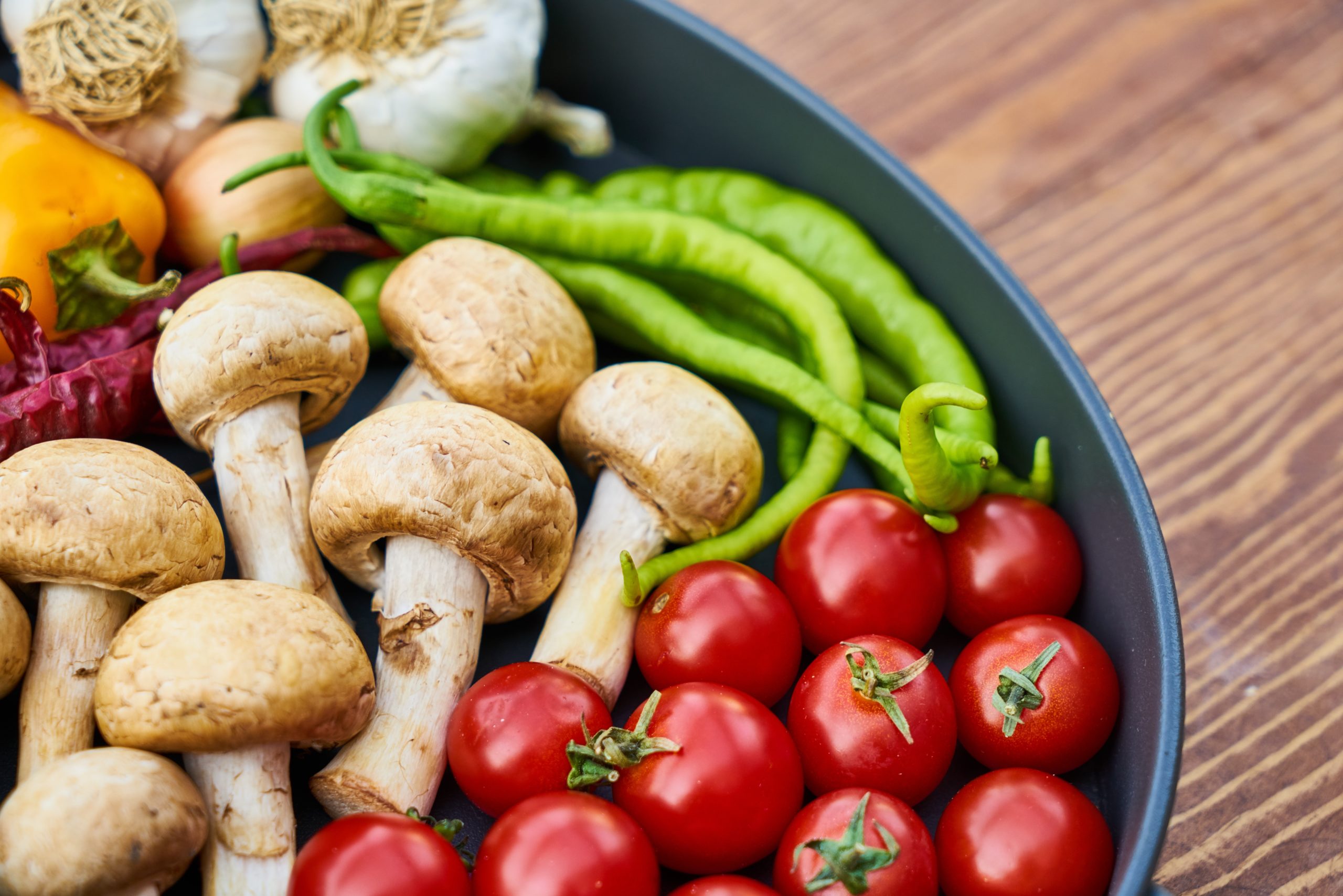In most cases yes, veganism will result in a footprint reduction but it doesn’t necessarily equal it. As far as the environment is concerned, it is no good going meat-free if you’re constantly chowing down on fruit and veg imported from other side of the world 24/7, 365. People undertaking such lifestyles will likely have a bigger footprint than someone who carefully selects both where they get their meat and dairy, and how often they eat it.
Please don’t mistake us, we’re not saying steak for breakfast, lunch and dinner and we’re not disregarding that going meat-free is the basis of the most eco-friendly of diets. Switching to veganism doesn’t suit everyone though and trying to force yourself through it can result in an unhealthy blowout for all parties. Therefore in search of a practical solution to that problem, we’re simply citing the reason the whole family used to traditionally gather for the Sunday roast – meat was a rare treat – and pointing out the ecological value in adopting as much these days.
There is more to a conservationist’s diet than simply herbivore or carnivore and a much bigger issue afoot, industrialised mass-production for convenience buying. There is a world of difference in the footprint of beef (or chicken, or veg) coming from your local farmer who respects the land to that coming from mass-scale industrialised ranches where, in the case of beef, the burping cows themselves produce a mass of methane. Belching aside, there is then the abundance of factory processes that comes between you and your mass-produced (mass-slaughtered), neatly plastic wrapped set of burgers available to pick up 24/7 at a low, low price from your local supermarket.
Consider a less controversial food source than beef and the story is no different. Take soy, a food source without all the methane and animal cruelty but it has now been associated with deforestation of places like the Amazon because of mass-production to meet westernised demand. This is why whatever you’re diet, tip #1 is to avoid the mainstream supermarkets who mostly wield the monumental buying power, enabled by their customers, to drive mass-production.
The other key factor that comes into consideration is the length of the supply chain and the logistics involved to bring certain fruits and veg to you all year round. Roll back a few decades and diets were built around what was grown locally and seasonally. There is a reason strawberries are associated with Wimbledon – the fruit comes perfectly into season in the UK in time for the tennis tournament.
Besides the mass-production effect avocados are having on Peru, the fruit is a great example of one that simply doesn’t grow in climates anywhere particularly local to the UK, in any season. Most avocados are grown in Central to South America or Middle to Eastern Asia- let’s assume you’ve got one from the Domican Republic, one of closest of the biggest producers. It’s a 4300 mile trip (one-way) so if you have one avocado a week you’re contributing towards the demand for a quarter of a million miles in international shipping. Depending on the type of shipping used, that is up to 725,000 gross tonnes of CO2 (from the whole shipment, not per portion) emitted to bring you your smashed avo on toast.
Not to add insult to injury if you’re an avo enthusiast and not to pick on avocados in particular but there is something else to consider. To achieve the convenience of constant availability and to drive low prices, in one year supermarkets, on average, waste enough food to feed the UK population twice over for that year… so you’ve got to multiply those emission figures by 3. Tip #2, get used to accepting “sold out”.
Supermarket waste perfectly highlights the issue of consumption rate and it really comes to a head when considering the palm oil industry. It’s well documented that palm oil production has been a huge factor in deforestation in the last decades. On top of the industry’s considerable diminishing effect on the planet’s natural carbon recycling systems, it has driven hundreds of species extinct and killed much of our delicate ecosystem’s biodiversity. However, as WWF points out in their scoreboard of palm oil using brands, palm oil yields 4.5x the amount of oil per hectare than its nearest substitute and is in over 50% of supermarket products mainly because it improves shelf life. The issue with substituting it is then, given the same demand, it would take significantly more land up to replace – meaning larger scale deforestation. Very disappointingly, WWF cite economic reasons as to why boycotting isn’t the answer but as we point out in another article, the planet’s clock does not tick to the rhythm of GDP growth and monetary related factors. The only answer lies in reducing the consumption of these products. It lies in reducing the demand for pre-made meals or parts of meals and products with unnecessary industrial processes tailored to maximising profit at the expense of the environment -and most critically, minimising general consumption wherever possible.
The same issues apply with fashion and as such Greenleaf adopt the same attitude we have for supermarkets to anything remotely “fast fashion”. Fast fashion brands are notorious for many many reasons, their vast international supply chains and use of any material they can profit from are the main issues when it comes to the environment. In the case of fast fashion though, there additionally is most brands’ convenient dissociation with the factories that supply them. A tactic which is ultimately adopted to optimise profits and to ‘mitigate risk’ (legal liability) around the appalling working conditions their demand and payment rates are responsible for. Any brands that employ such deceitful modes of operation (and that is not where the dubiousness stops) pretty much define “untrustworthy”.
Fashion is as hard a thing to get right as diet for similar reasons, the realities of convenience buying, the logistics involved in being a “trend-responsive” brand and raw materials not generally being produced in westernised countries all have a serious environmental toll. The big difference is that you need food and drink to live and there is no urgent life requirement when it comes to fashion – it’s an industry built on decadence, insecurities and vainglory. Even dipping into the upcoming second-hand and exchange markets is no improvement if you’re regularly doing it, you’re fuelling unwarranted transport logistics and just one or two rungs down from the people still purchasing new. It’s comparable to buying products made from recycled plastic, you’re still fuelling the demand for plastic, just less directly. The solution is being careful with how much you consume and being honest when you ash yourself the question, “do I really need this?”
Fortunately for those adverse to itchiness, we’re not saying crack out the tweed and hemp, you’ll find some brands on our Semi-Certified Network who we believe are doing it the right way. That being said, while these brands remain semi-certified we can’t guarantee that (see here and here for more on that) and as with the theme of this piece, spending with the right businesses is less than half the answer. The rest of the answer is limiting and carefully contemplating consumption. In the case of clothing, buy when you need and limit buying on a whim. For the example of food and beverages, we may have found a great micropub making their own beers from local ingredients and waste bread but if you only have a half from the local tap, a couple from the imported tap and then an Argentinian Malbec, your consumption isn’t making the most of the eco-friendly alternatives the pub is offering.
So yes, our Networks include options we believe are eco-friendly alternatives in industries that are doing lots of damage but we recommend they are used sparingly. We suggest a diet that revolves around meals made from scratch using locally grown, seasonal foods but, with careful consideration, meat or foods imported from around the globe can occasionally be enjoyed. Stick to bingeing your favourite shows, not on alcohol, food or online shopping.





